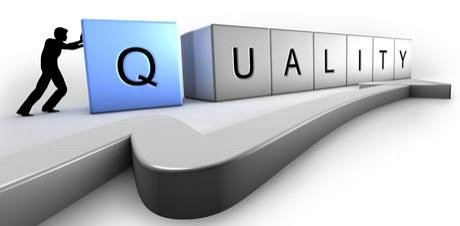Auditors have the most intense job of auditing companies in an organized manner. The focus is doing it in an organised pattern primarily because audit companies need to map audit objectives on management assertions. This process of mapping helps auditors in designing the audit processes that in turn help them to judge the quality of the financial information. It is important to understand the management assertions so that you can understand how auditors design processes in order to meet their objectives.

Let us take a close look at the basic objectives that auditors achieve through the execution of various processes:
- Occurrence – While testing various income statements, the main objective of an auditor would be to judge the level of occurrence. Occurrence is the best way to check the management’s assertion on the transactions that lead to the figures in the income statement. This is one of the most common ways to check the revenue of the company and also the kind of revenue employees bring to the company. In order to test occurrence auditors need to make the selection based on the balance that is being used for testing.
- Completeness – Completeness is the sense of assertion for all transactions and assets along with liability and equity accounts those have been recorded. An important note on this is auditors cannot focus on judging completeness just with the help of tests on account balances directly. In such a scenario, the auditor needs to make selection from the available reciprocal balance. Quality audit in Zhuhai focuses on the fact that if auditors detect cash flowing out of your account at the end of the financial year, then they have the authority to check your unrecorded liabilities. So make sure you refrain from performing these actions.
- Rights & Obligations – Management always claims that the assets belonging to the company makes the company entitle for it and owes liabilities of the same on its balance sheets. This is known as rights and obligations assertion. In case of the small sized businesses, this type of an assertion is mostly related to the inventory. While auditors are busy performing observation based on inventory procedures they are at the same time also testing that the inventory mentioned on the company’s balance sheet belongs solely to the company. In order to make sure of the same, auditors need to inquire and search for facts and evidence that confirm the same. It is important for auditors to figure out whether the inventory that is being used is for loans or for consignment.
- Valuation – The valuation is completely based on the assets, liabilities and equity assembled together for financial statement within the correct amount. Auditors use different methods to test the valuation. However, the valuation differs a lot depending on the accounts those auditors use and the amount differs based on the accounts that the auditors select.
These are some of the basic procedures that auditors follow in order to achieve the objectives that they have set for themselves. Attaining these objectives not only generates good review about them but also about the company that they inspected.
It is true that auditors indeed have a tough job of ensuring that companies and the kinds of products they sell match the required standards and also satisfies clients at the same time. This is the reason they focus on rules and believe in conducting the same in an organized manner.




